79 years ago, under the leadership of the Provincial Party Committee, the people of Thanh Hoa rose up to drive out the fascists and their henchmen, regain independence and freedom, and together with the entire Vietnamese people write a new heroic chapter in the cause of building and defending the Fatherland.
 Ma Nhon Islet relic (Hoang Dao commune, Hoang Hoa).
Ma Nhon Islet relic (Hoang Dao commune, Hoang Hoa).
Returning to visit the Con Ma Nhon relic (Hoang Dao commune, Hoang Hoa) on an autumn day in August. At this place, 79 years ago, the Viet Minh forces of Hoang Hoa district had a surprise "reception", making the security guards of the puppet government unable to react in time. From there, it created the premise for the uprising in Hoang Hoa to reach final victory.
History also recorded that, in the face of the increasingly strong revolutionary situation in Hoang Hoa, the Japanese fascists and their reactionary feudal lackeys clearly saw the danger that the Hoang Hoa revolutionary movement would collapse their government apparatus and would be the trigger for the revolutionary movement in the entire province. Therefore, they used concentrated violence to suppress the revolution in Hoang Hoa, hoping to break this spearhead. Hoang Hoa at that time had become a "hot spot", a target attracting repression and terror from the Japanese fascists and their lackey government. On July 23, 1945, Provincial Governor Nguyen Trac sent a security unit of more than 30 soldiers led by Quan Hien to Hoang Hoa. On the morning of July 24, after discussing and assigning tasks between the prefect Pham Trong Bao and Quan Hien, the enemy divided into two wings, terrorizing the two places that they considered the cradle of the Hoang Hoa revolution.
The Viet Minh forces closely monitored every move of the enemy and deployed countermeasures. That was to arrange for self-defense forces to hide and ambush at Con Ma Nhon - a large area with dense trees and only one road to pass through, bordering a swampy field with continuous ponds and marshes. Based on the rugged terrain, the Viet Minh of Hoang Hoa district arranged 3 self-defense platoons from Dang Trung, Dang Xa, and Du Khanh villages to block and attack the enemy. After only a few minutes of fighting, the revolutionary forces won a complete victory, capturing 13 enemies (including the district chief Pham Trong Bao), seizing 12 guns and 36 bullets.
The victory at Con Ma Nhon encouraged the spirit of the people of Hoang Hoa, so that on July 24, 1945, when a core self-defense platoon under the direction of the district Viet Minh captured the government office, the masses of the people unanimously rose up to support the Viet Minh, pouring into the government office in But Son. Faced with the overwhelming force of the armed self-defense force and the masses of the people, the officials and patrol soldiers at the government office did not dare to resist and quickly handed over all public property, weapons, files and documents to the revolution... With the event of July 24, 1945, Hoang Hoa became the first district of the province to successfully seize power in the historic August General Uprising, with the least bloodshed and minimal damage. The victory at Hoang Hoa demonstrated the "creativity, boldness" and decisiveness of the leaders of the Party Cell and the Viet Minh Executive Committee of Hoang Hoa district. Therefore, Hoang Hoa "deserves to be the vanguard of the uprising to seize power in Thanh Hoa province".
In April 1945, receiving the Directive "Japan - France fighting each other and our actions" from the Central Party Standing Committee, the Thanh Hoa Provincial Party Committee promptly changed its leadership direction, promoted a strong anti-Japanese movement, and prepared for a general uprising. The Provincial Party Committee convened a conference in Vi Liet village (now Ha Tan commune, Ha Trung) to implement the Central Committee's directive. Based on the current situation in Thanh Hoa, the conference proposed specific policies: Continue to promote the fight against hunger; publicly propagate against Japan and expose the true nature of Dai Viet's lackeys; constantly expand the influence of Viet Minh, build self-defense and step up training, prepare weapons to arm against Japan...
After this conference, the anti-Japanese movement in Thanh Hoa became more intense. The Viet Minh organization gradually moved from being secret to semi-open, then open in many areas. By the end of April 1945, the Provincial Party Committee and the Viet Minh Provincial Committee launched a struggle throughout the province against tax collection, rice collection and encouraged the village chiefs not to work for the enemy. Under the direction of the Viet Minh at the grassroots level and supported by the self-defense forces, the struggle against tax collection and the mobilization of village chiefs to suppress reactionaries were carried out in many districts in the province.
It can be said that the anti-Japanese national salvation movement of the Thanh Hoa Party Committee and People in the pre-uprising days created a new development step for the revolutionary movement in the whole province, contributing to the rapid maturity of the uprising situation. The political and armed struggles were widely organized and strongly developed, training the revolutionary masses to gradually move from political struggle to combining political struggle with armed struggle. From there, gradually moving towards a general armed uprising, overthrowing the colonial and feudal regimes, regaining independence and freedom for the Fatherland. Because, "Once the people's hearts want and understand, there is no longer any power to stop them, not even guns, bullets, swords and knives... To expel the Japanese invaders and liberate the Fatherland, that desire is no longer in words but has been shown by actions. The struggles, big or small, have been everywhere. Just one convenient opportunity is enough for the whole people to burst like water, sending the barbarians and traitors to the bottom of the Pacific Ocean"!
And then in the days of August, with the revolutionary spirit surging like waves across the country, the opportunity to seize power in Thanh Hoa had come. In order to promptly direct the revolutionary movement in the province, on August 13, 1945, the Thanh Hoa Provincial Party Committee convened an expanded conference at the house of Mr. To Dinh Bang (Mao Xa village, Thieu Toan commune, Thieu Hoa). Based on the revolutionary situation in Thanh Hoa at that time, the conference believed that the revolutionary situation was ripe, so it was necessary to focus on discussing and building a plan to prepare for the general uprising. The conference decided that the general uprising time in the whole province would be 12:00 a.m. on August 18, 1945.
On August 17 and 18, preparations for the general uprising were carried out urgently everywhere. The comrades assigned to lead the uprising in the prefectures and districts quickly dispersed to the localities to urgently prepare for the hour of action. The revolutionary masses throughout the province were ready to rise up and break the chains of slavery for nearly a hundred years, regaining independence and freedom for the nation. And finally, at exactly midnight on August 18 and early morning on August 19, the alarm bell rang, signaling the end of the fascist colonial regime in Thanh Hoa.
According to the plan, at 12:00 on the night of August 18 and early morning of August 19, throughout the lowland of Thanh Hoa, under the leadership of the Uprising Committees of Tho Xuan, Vinh Loc, Thieu Hoa, Yen Dinh, Dong Son, Quang Xuong, Hoang Hoa, Hau Loc, Ha Trung, Nga Son districts, the revolutionary masses rose up to surround and attack the assigned positions and targets. In the centers of the district capitals, the armed self-defense units quickly threatened and captured the district offices and quickly took power into the hands of the revolution. In the communes and villages, the armed self-defense forces with rudimentary weapons, but with the encouragement and enthusiastic participation of the people of all classes, also quickly overthrew the domination of local tyrants and reactionaries, confiscated weapons, seals, bronze seals and suppressed the stubborn ones. By the morning of August 19, the governments of Tho Xuan, Yen Dinh, Hau Loc, Vinh Loc, Nga Son, Ha Trung, Quang Xuong, Thieu Hoa, and Hoang Hoa districts were in the hands of the revolutionary army. On the afternoon of August 19, in these districts, rallies to demonstrate the strength of the revolutionary masses and to introduce the new government were solemnly held amid the joy of the masses.
In Thanh Hoa City, facing the increasingly rising revolutionary spirit, the enemy government was extremely confused. From the morning of August 18, accepting our ultimatum, the Japanese fascist military units occupying various places quietly withdrew to concentrate in the Nha Cong area. On the morning of August 20, following the order of the City Uprising Committee, the self-defense forces marched on 4 cars, starting from Lo Chum to Truong Thi, Hai Voi Pagoda intersection, then through Pon Be Street, Big Street, in front of Rayno Hotel... Thanks to the good work of military propaganda in advance, when our armed forces stormed the barracks, all security officers and soldiers laid down their weapons and surrendered, handing over all guns and ammunition to the insurgents. Along with the liberation of important positions, the self-defense forces and revolutionary masses quickly took over offices and streets throughout the city. By the afternoon of August 20, the uprising to seize power in Thanh Hoa City was completely victorious. From these important victories, the uprising in the remaining localities of the province was urged to quickly reach final victory.
Thus, within just one week, since the general uprising order in the whole province was decided at the Provincial Party Committee conference (in Mao Xa village), all classes of Thanh Hoa people under the leadership of the Provincial Party Committee rose up, overthrew the domination of the fascists and feudalists, and regained independence and freedom. The general uprising to seize power in Thanh Hoa took place quickly, neatly, minimizing sacrifices. That achievement contributed to the great victory of the historic August Revolution - a brilliant golden page in the heroic tradition of the Vietnamese people's struggle to build and defend the country.
Article and photos: Hoang Xuan
(The article uses materials from the book Thanh Hoa History, Volume V, 1930-1945).
Source: https://baothanhhoa.vn/thanh-hoa-nhung-ngay-suc-soi-lua-cach-mang-222428.htm




![[Photo] Prime Minister Pham Minh Chinh chairs meeting to discuss tax solutions for Vietnam's import and export goods](https://vstatic.vietnam.vn/vietnam/resource/IMAGE/2025/4/10/19b9ed81ca2940b79fb8a0b9ccef539a)
![[Photo] Phuc Tho mulberry season – Sweet fruit from green agriculture](https://vstatic.vietnam.vn/vietnam/resource/IMAGE/2025/4/10/1710a51d63c84a5a92de1b9b4caaf3e5)



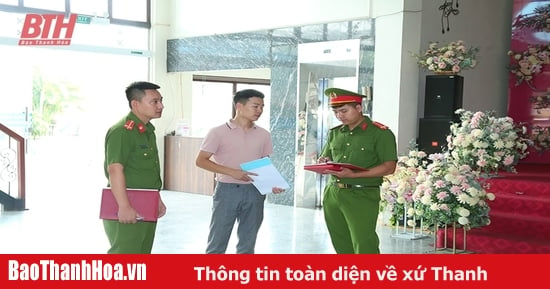

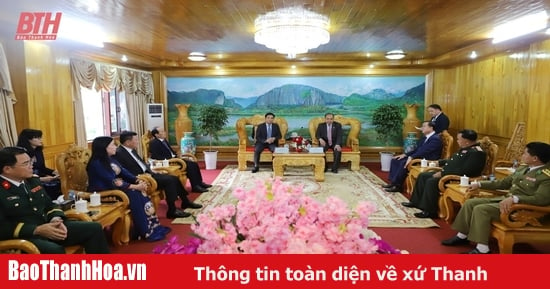


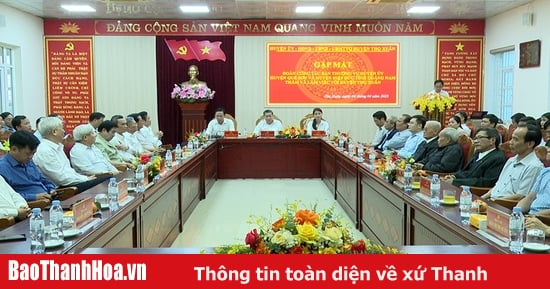
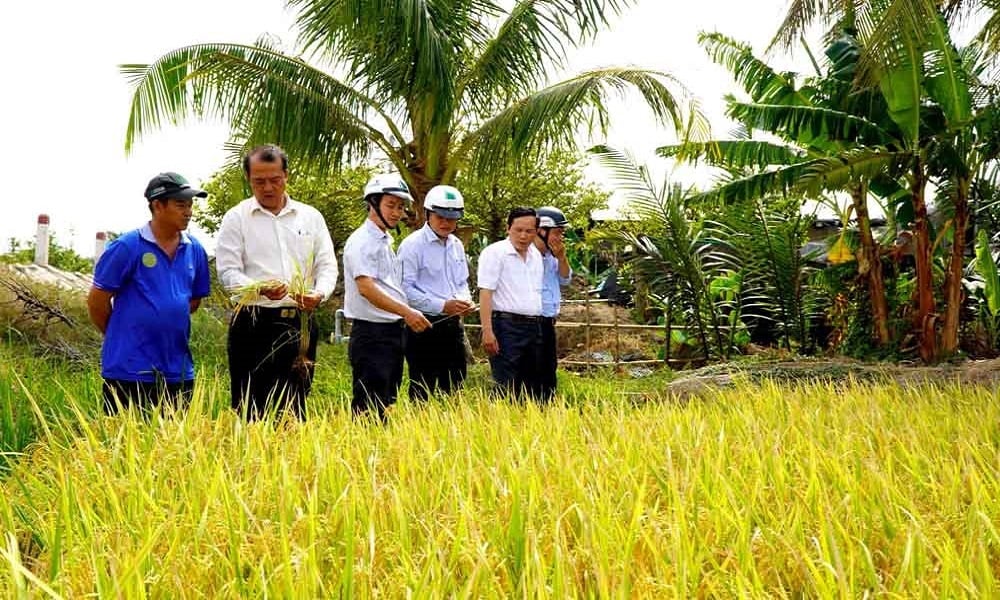
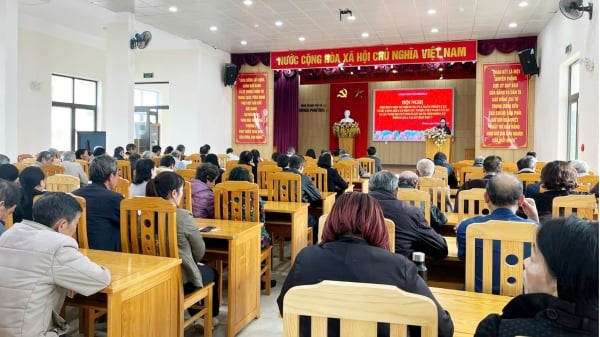
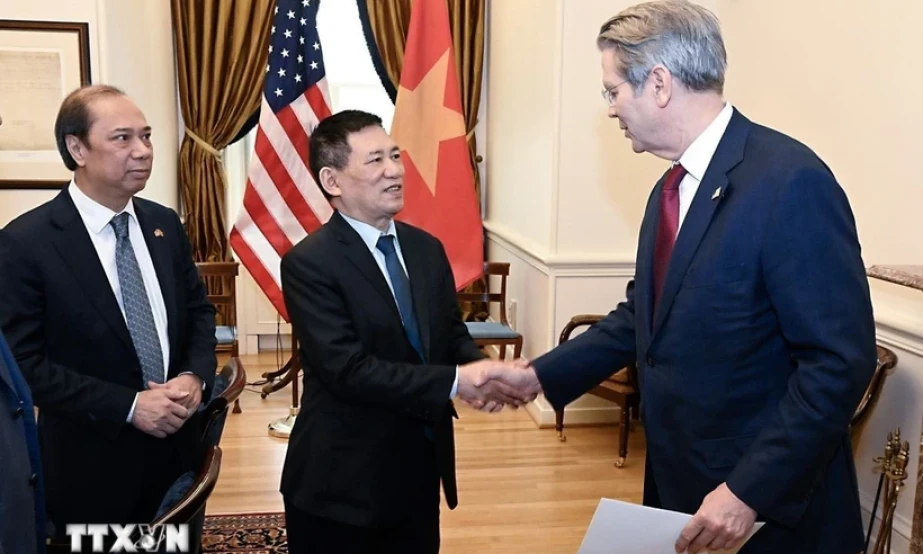
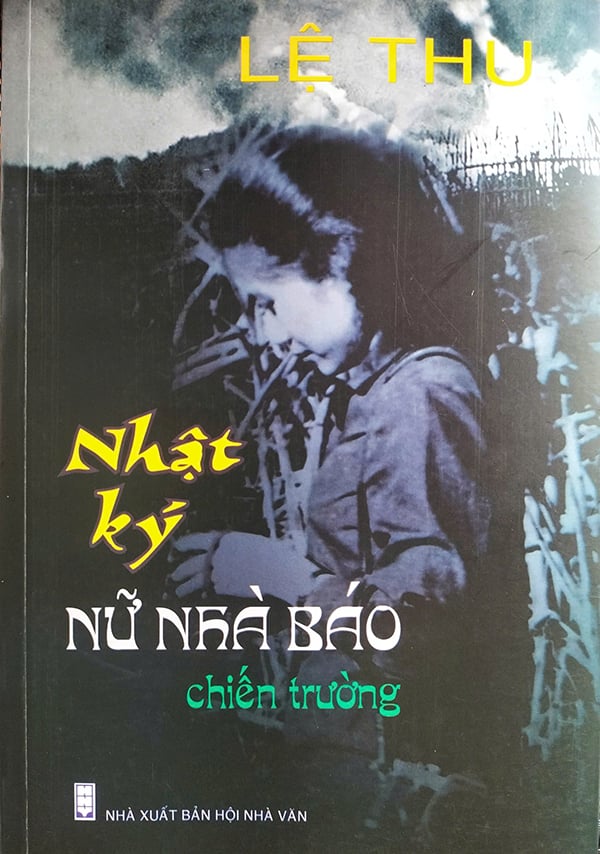
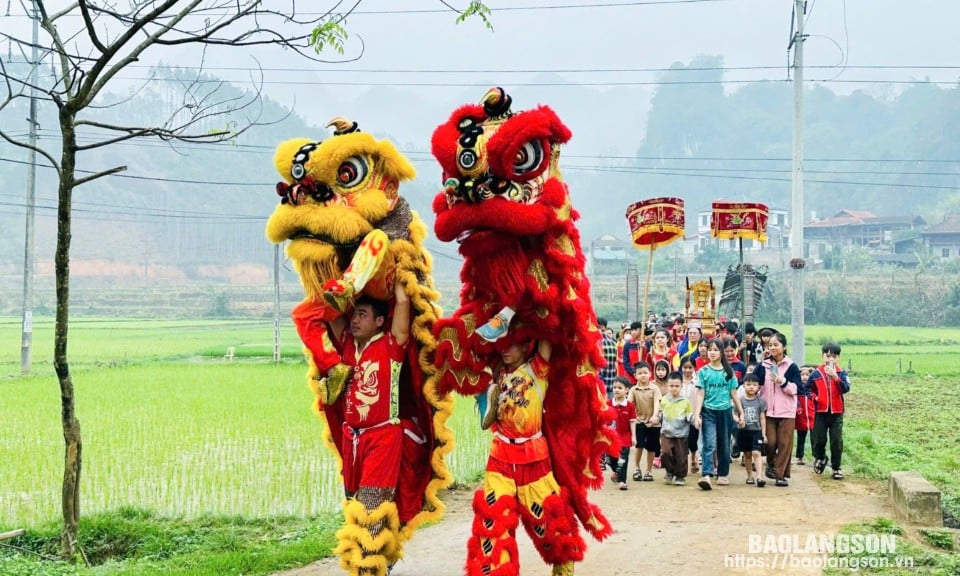





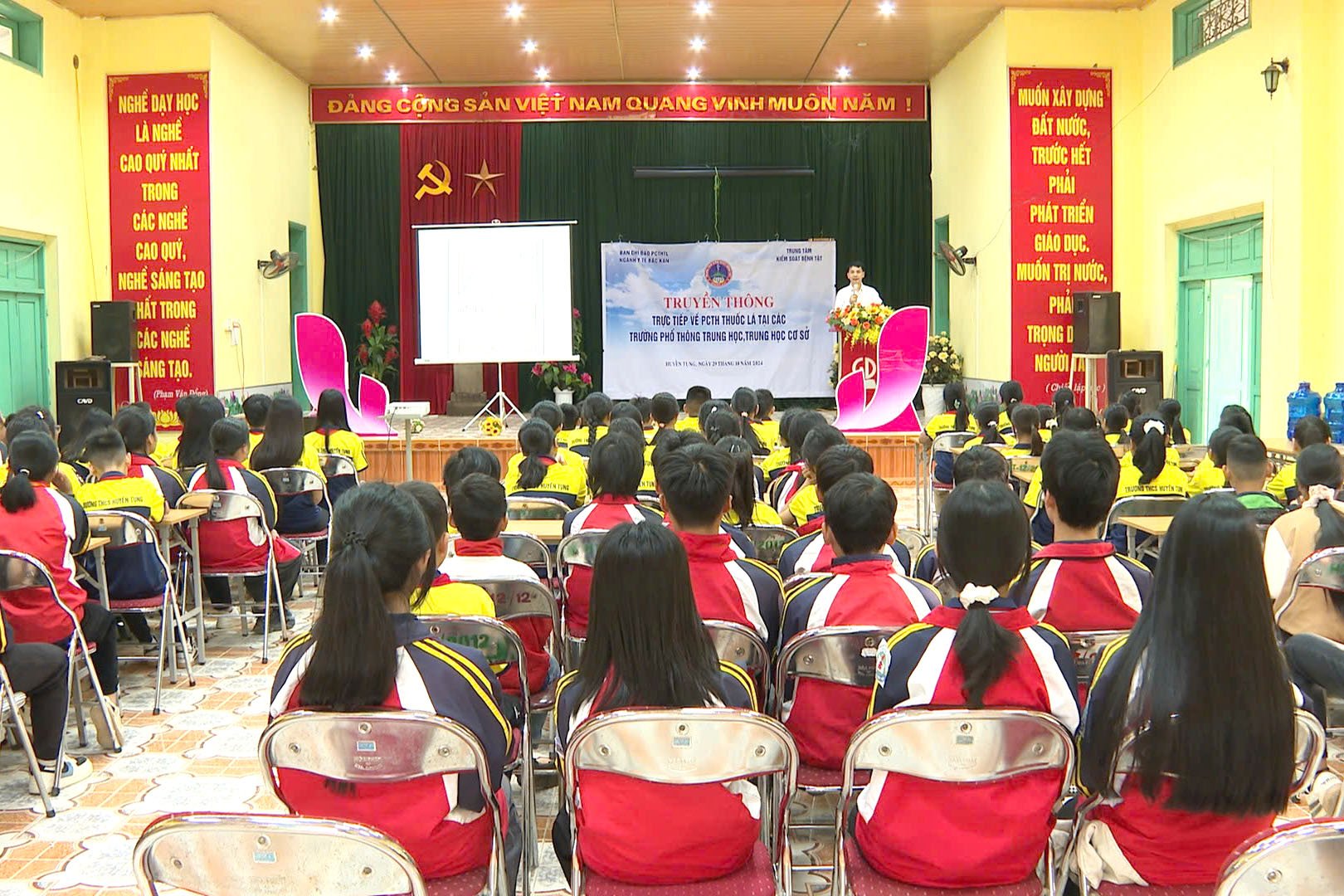
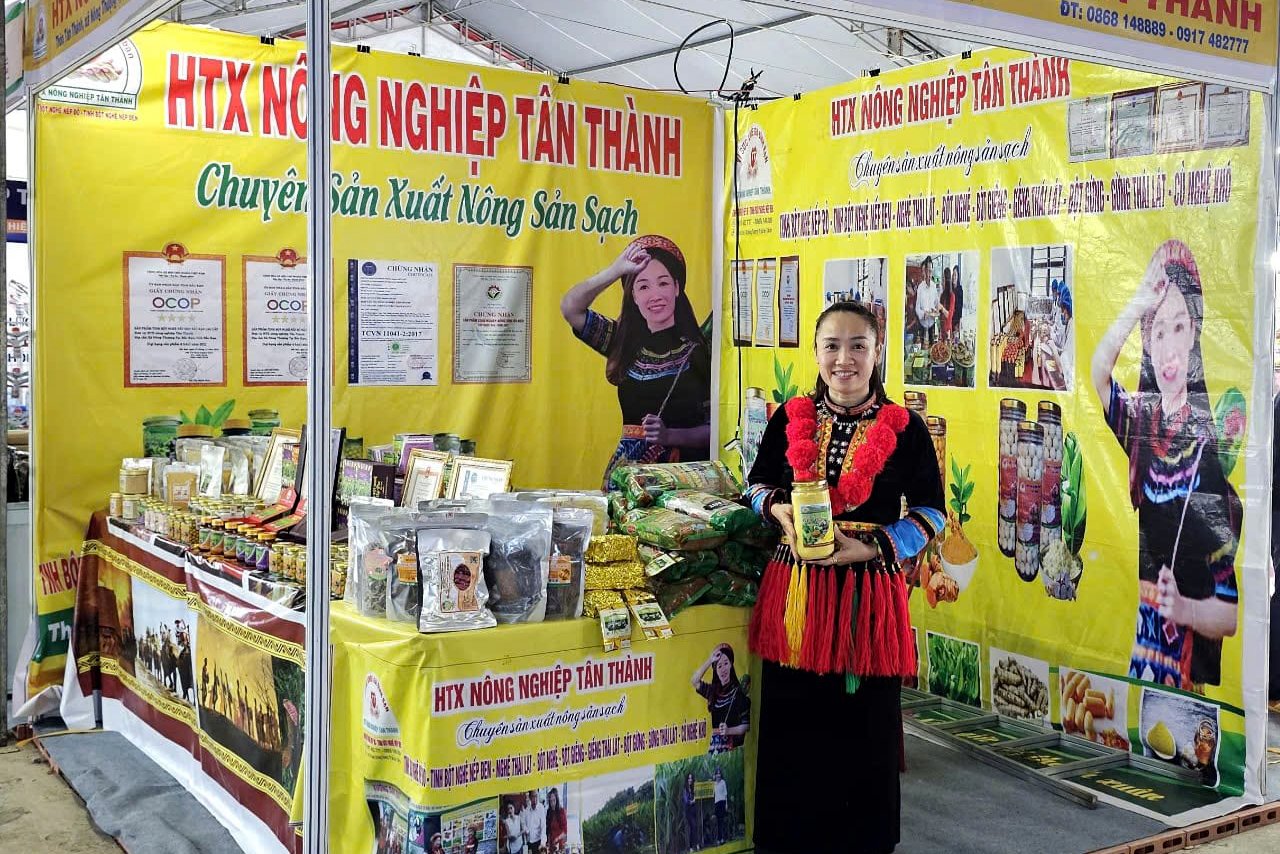
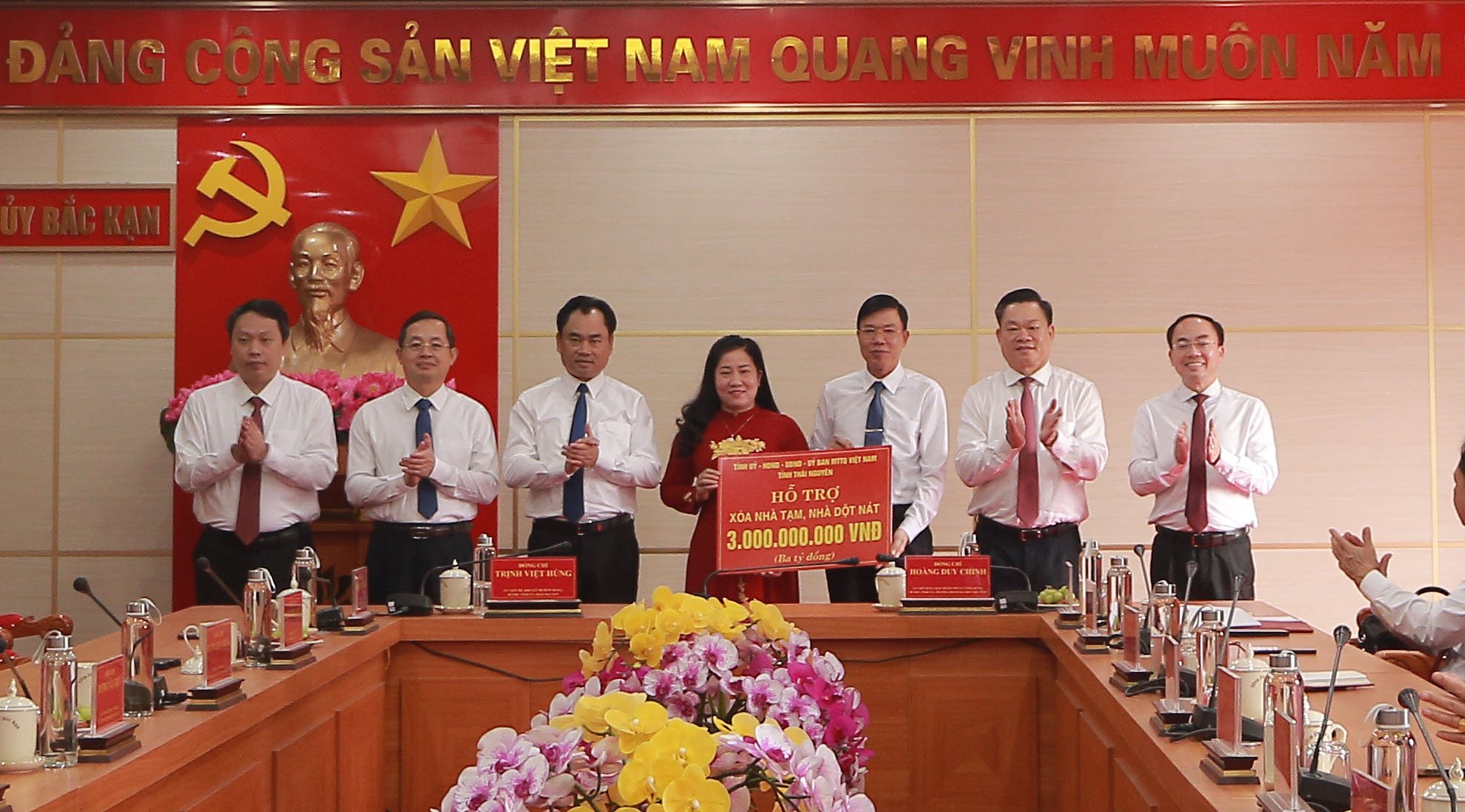
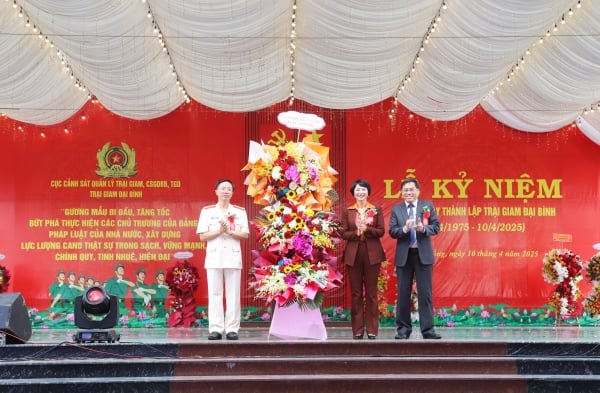
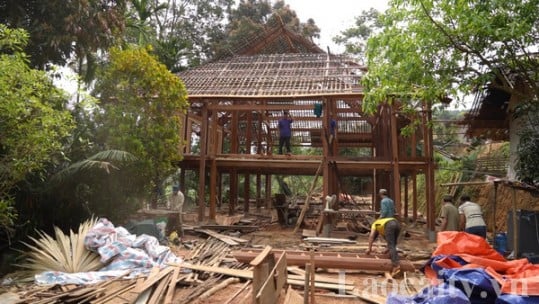
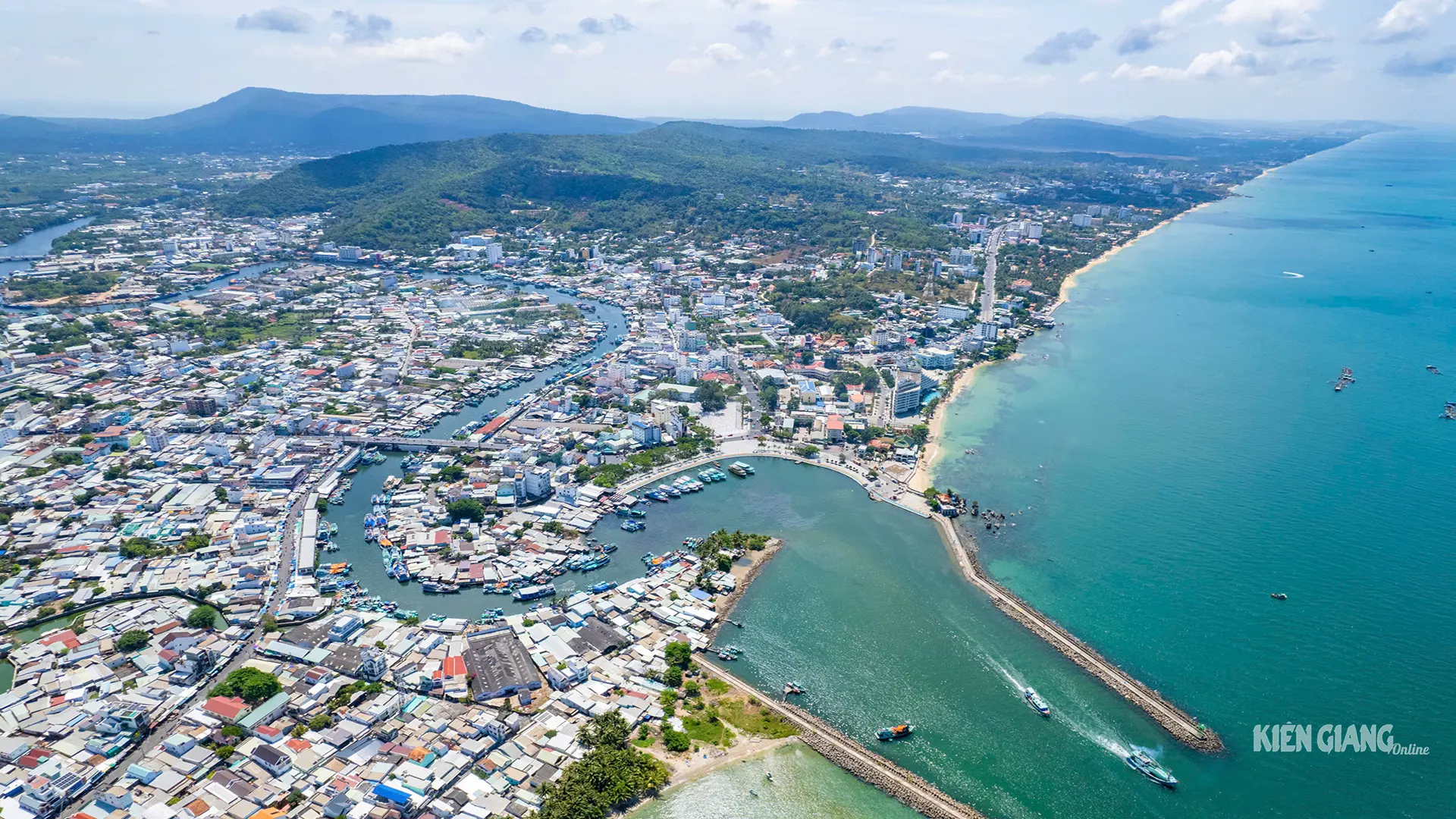
![[Photo] Unique folk games at Chuong Village Festival](https://vstatic.vietnam.vn/vietnam/resource/IMAGE/2025/4/10/cff805a06fdd443b9474c017f98075a4)






































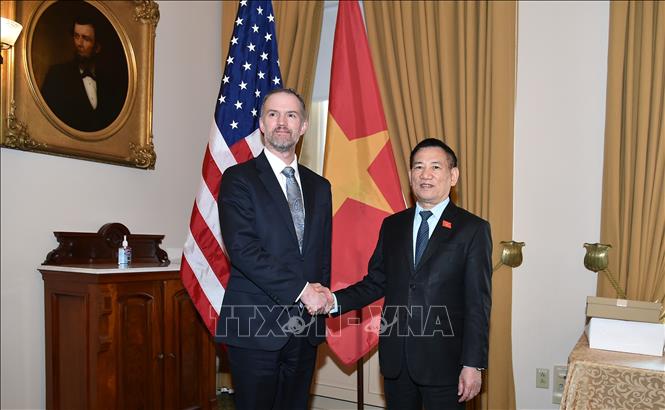


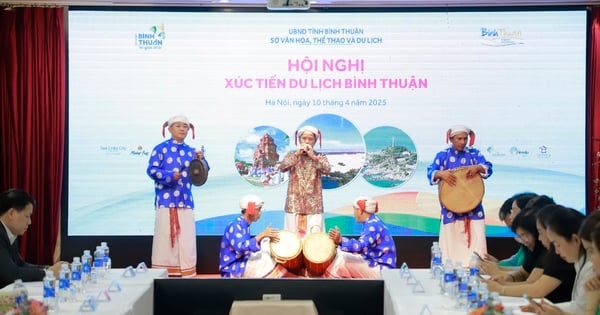







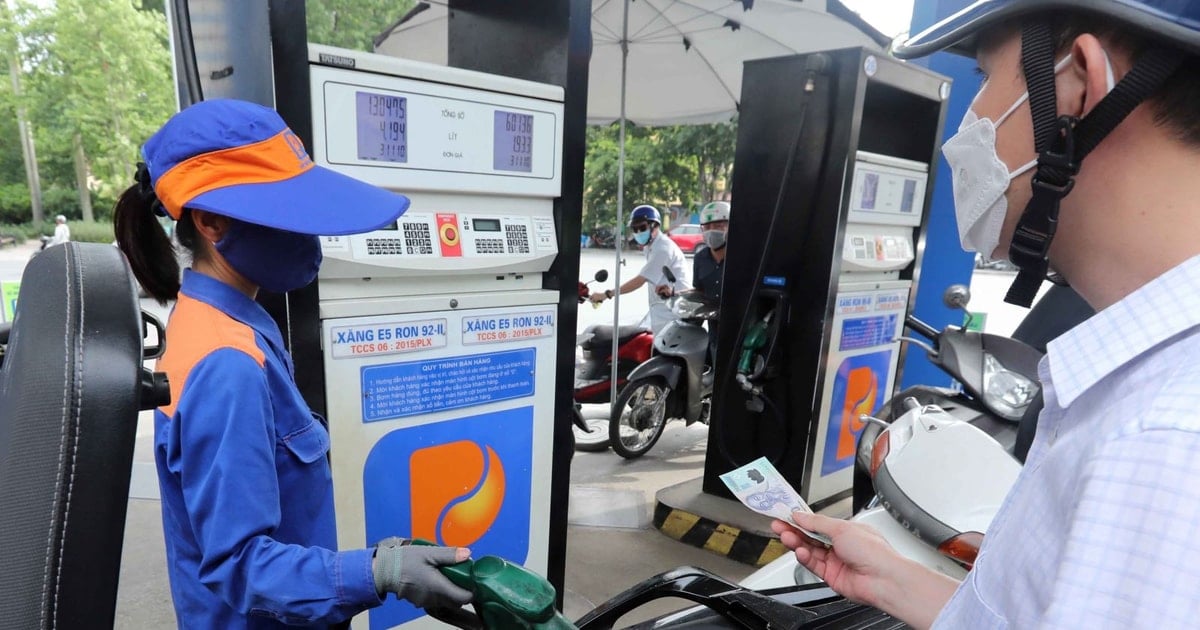

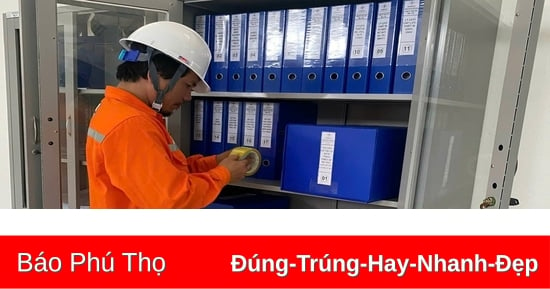

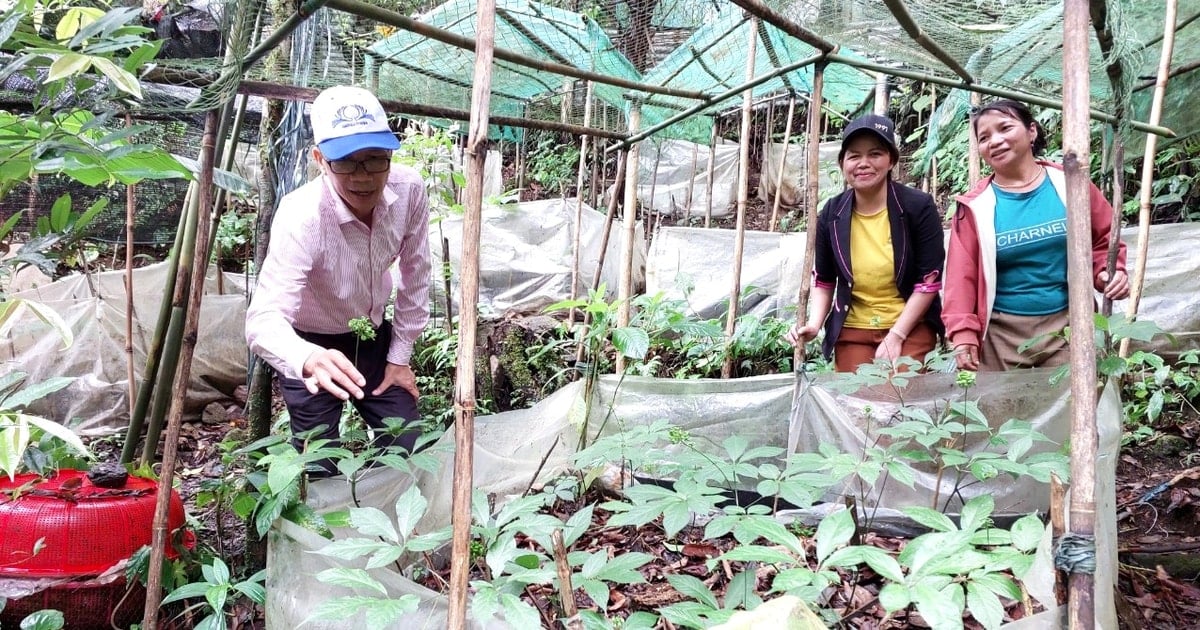









Comment (0)